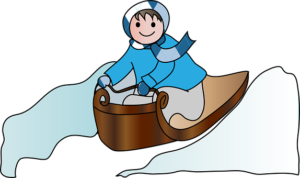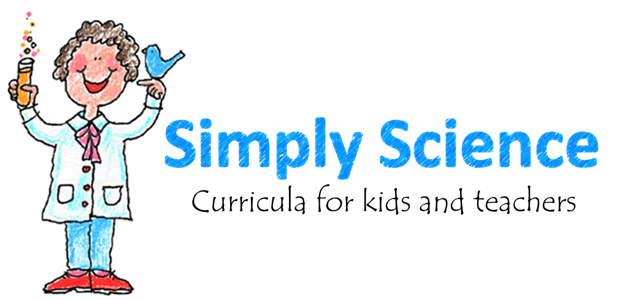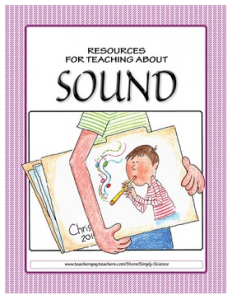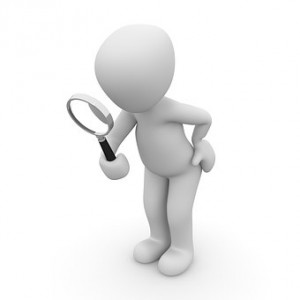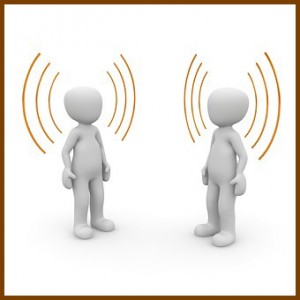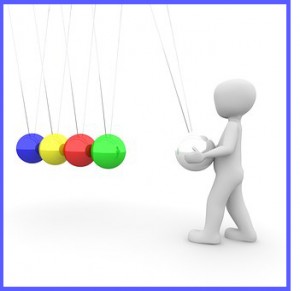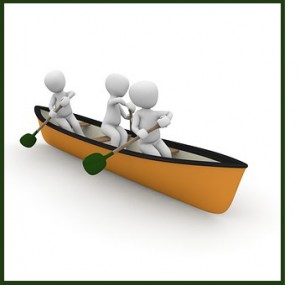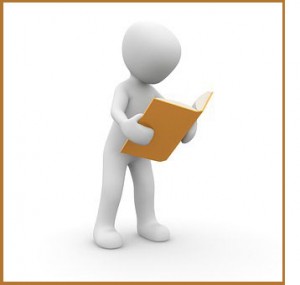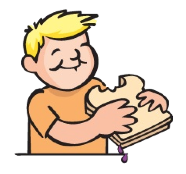Poetry can connect science and language arts. Consider these when you are planning your weather unit.
Do you need free clip art for decorating your classroom or messages you’re planning to send home?
I found black and white clip art at Pixabay that might be just what you need! If you can print in color, they also have winter vector graphics – lots of snowpeople and penguins!
Resources for Teaching about Sound A great way to add to your physics unit. Let me save you time collecting resources! I’ve created activities and worksheets that you can use to easily enrich your sound unit. Here’s what you get for just $2.40! • Two writing prompts in English and Spanish already placed on worksheets • A glossary of common terms with definitions in both English and Spanish • Five key terms and definitions in a LARGE font – just print and post on your wall • Seek-a-Word puzzles can be a fun way to learn new science terms • …
Poetry can be a great way to integrate language arts with science! Here are suggestions for connecting science and poetry when your students are studying light, reflection, refraction, shadows, or rainbows! Something Big has Been Here, Jack Prelutsky “Denson Dumm” A Light in the Attic, Shel Silverstein “BATTY” “SHADOW RACE” “SIGNALS” Every Thing On It, Shel Silverstein “THE RAINBOW THROWER” Where the Sidewalk Ends, Shel Silverstein “AFRAID OF THE DARK” “JOEY” “IT’S DARK IN HERE” Do you have poems about light to share with us?
Here are several poems that feature sound written by familiar poets whose books, if not already on your shelf, might be found at your local library or poems online! A Light in the Attic, Shel Silverstein “DEAF DONALD” “MY GUITAR” “ROCK ‘N ROLL BAND” Every Thing On It, Shel Silverstein “HORN” Falling Up, Shel Silverstein “MUSIC LESSON” “NOISE DAY” “SCREAMIN MILLIE” Where the Sidewalk Ends, Shel Silverstein “WHAT A DAY” The Butterfly Jar, Jeff Moss “The First Musician” “Rachel” A Pizza the Size of the Sun, Jack Prelutsky  “We’re Loudies” Something Big has Been Here, Jack Prelutsky “Benita Bean” “Don’t Yell at Me” …
Teaching a unit about force? Poetry can be a great addition to your science resources. Read about ten ways to use poetry in your classroom from Reading Rockets. In addition to my list of poetry by Shel Silverstein, here are suggestions for poems you might consider sharing with your students. The Butterfly Jar, Jeff Moss force: “London Bridge” A Pizza the Size of the Sun, Jack Prelutsky buoyancy: “We Often Walk on Water” magnetism: “I’m Practically Covered with Needles and Pins” Something Big has Been Here, Jack Prelutsky force: “The Turkey Shot Out of the Oven” These could support activities …
Here is a list of poetry by Shel Silverstein to consider adding to your resources for teaching about force and motion unit. These could support activities that meet NGSS 3-PS2-1♦ and 3-PS2-2â—Š. A Light in the Attic, Shel Silverstein force: “ADVENTURES OF A FRISBEE” inertia: “FANCY DIVE” pendulums: “HOW TO MAKE A SWING WITH NO ROPE OR BOARD OR NAILS” Every Thing On It, Shel Silverstein gravity: “THE JUGGLER” gravity: “TURNING INTO” gravity: “GOOD IDEA” gravity: “LOVE IS GRAND BUT…” Falling Up, Shel Silverstein buoyancy: “SOMETHIN’ NEW” gravity: “FALLING UP” Where the Sidewalk Ends, Shel Silverstein buoyancy: “HOMEMADE BOAT” friction: “MAGICAL ERASER” …
There are many fun poems you can use to enrich science with language arts. You might have students illustrate a poem you’ve found, choose one to share with classmates or family members, or write a new poem that can be shared with all future classes – kids love thinking their work will be added to your resources and used again and again as you teach the topic. In future posts, I’ll share poems I found written by familiar poets like Jack Prelutsky, Jeff Moss, and Shel Silverstein that you can use to teach topics like force, motion, light, and sound. You might also find these resources useful: Ten …
Who doesn’t need more time? There are many ways to integrate science and writing. Obviously, read and answer questions. OK, describe how to do an experiment and write an analysis of the results. Sure, but can science be used to encourage reluctant writers? You bet it can! I’ve had more than one student tell me they’re working to be better at math and writing because that’s what scientists do. Some students respond when there’s a reason to write clearly and solve math problems correctly. Here’s a few suggestions for integrating writing and science: Writing Clear Directions for making a peanut butter and …
